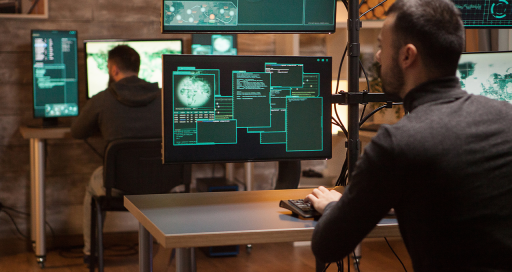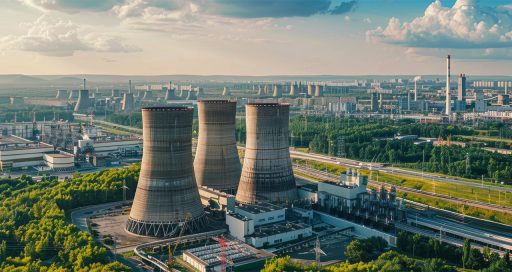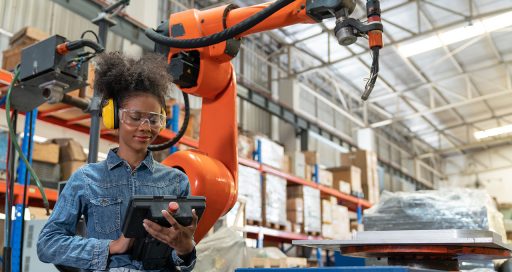Voice technology still in its infancy in plant environment
Reading time: 4 min
Voice assistants are just starting to be seen in industry. But before an assembly line can be controlled by voice technology, constraints such as background noise and data structuring first need to be eliminated.
![]()
“Athena, warm up the machine,” commands a technician with a wireless headset standing by a machine tool. “The machine is warmed up,” answers an artificial woman’s voice. This conversation between a human and an AI system to control machines and industrial robots could one day become commonplace in workshops and plants.
Indeed, a human-machine interface called Athena has been developed by American startup iT SpeeX, which is part hardware (headset, computer, and peripherals), part software. It can be used to control the machine by voice, request status reports, and coach operators in other processes.
This new way of interacting with machines and industrial robots is still in its infancy, since iT SpeeX only presented its technology in September 2018 at Chicago’s IMTS show. It will be a while before the system has been tested, approved, and made available outside the US.
In France, software publisher SimSoft Industry offers smart voice assistants like Spix or Vogof for industry. Vogof enables technicians to control procedures or task schedules by voice, access relevant and context-driven information that will help them, and report structured information about the measurements or observations that they need to perform.
“Voice is probably the most promising of the human senses if we’re speaking about productivity. But it’s only just starting to make inroads into industry.”
This means that technicians can work hands-free and remain focused on their tasks, while maintaining connectivity with their information system. Parts manufacturer for the aircraft and automotive sectors Ventana has been working with SimSoft Industry for the past two years, developing a voice assistant tailored to its business areas.
Structuring voice data
“Voice is probably the most promising of the human senses if we’re speaking about productivity. But it’s only just starting to make inroads into industry,” says Thomas Leseigneur, innovation manager at Actemium, the VINCI Energies industrial solutions brand.
Voice-based AI and learning technology will need to incorporate the relevant technical vocabulary, in other words the specific characteristics of the industrial environment, since language processing systems work by learning. “Voice is unstructured data, just like images. So, voice assistant-driven data structuring is key to properly utilising all the information,” points out Leseigneur.
Background noise, which can hamper understanding of commands by the voice assistant, is another major constraint, particularly from a safety point of view. SimSoft Industry employs an ergonomist specialising in language so that the assistant fully understands the vocabulary used by operators.
When it comes to reports, saying information out loud rather than writing it up saves a lot of time in document processing. “For example, if an operator is performing a survey of a machine and notices a problem with a part, they can log the information verbally. The system can check in the CMMS (computerised maintenance management system) whether the part is available and automatically trigger, if necessary, an order for the spare part,” he explains.
Voice assistants will need to play their part in the automation of business processes, which still rely on paper reports, and generate workflows between various workstations. For instance in assembly, where voice technology will deliver a more seamless interaction in the production process.
But manufacturers are still wary about having their data stored remotely. And if business voice assistants use the cloud like their consumer counterparts Alexa and Google Home, then data exchange via an embedded system will need to be considered so as to reassure industrial clients.
Once all of these obstacles have been overcome, AI-driven voice assistants will one day be able to control the entire production chain. The outcome? Factories that look more like sci-fi films than Charlie Chaplin’s Modern Times.
12/12/2019





